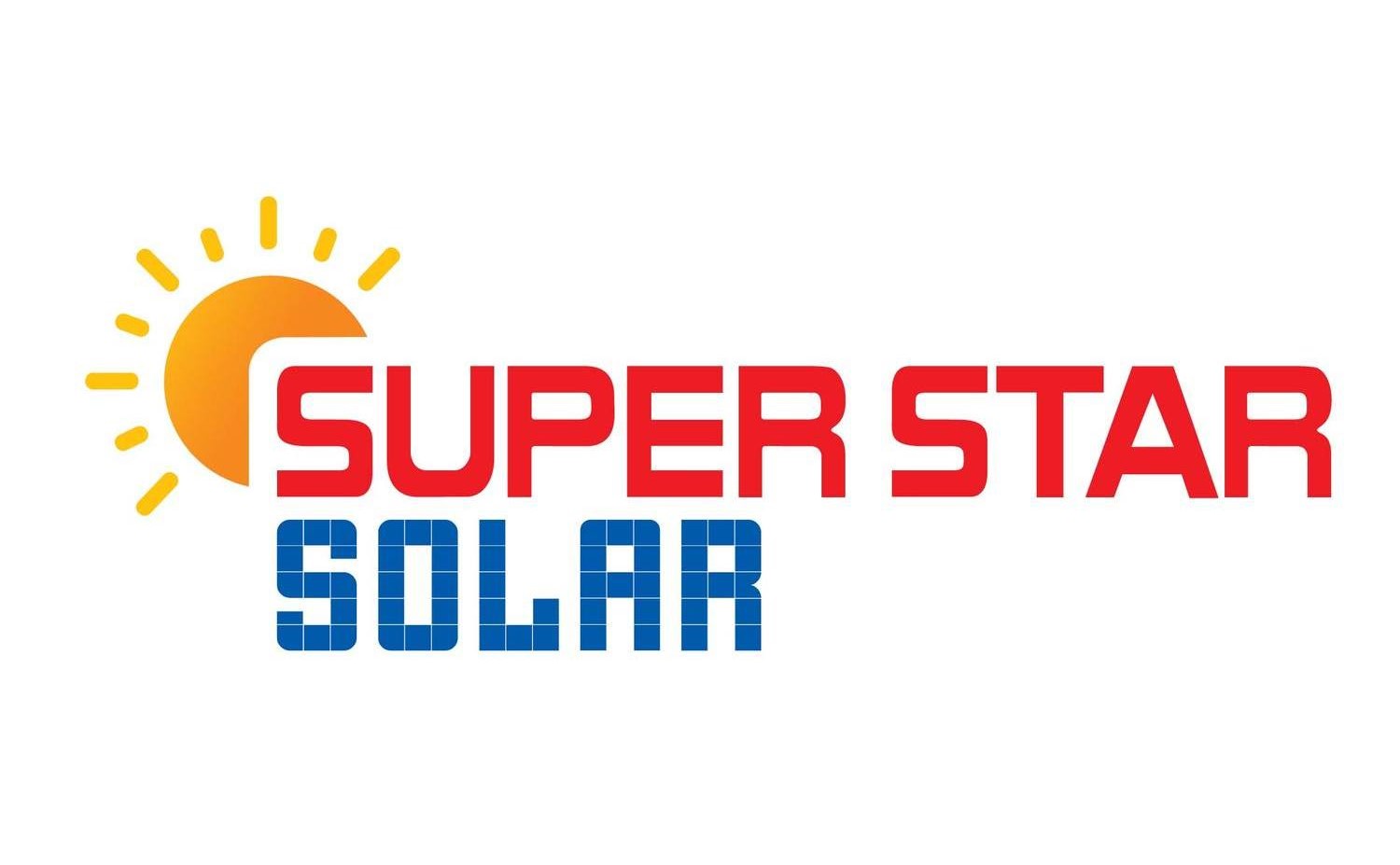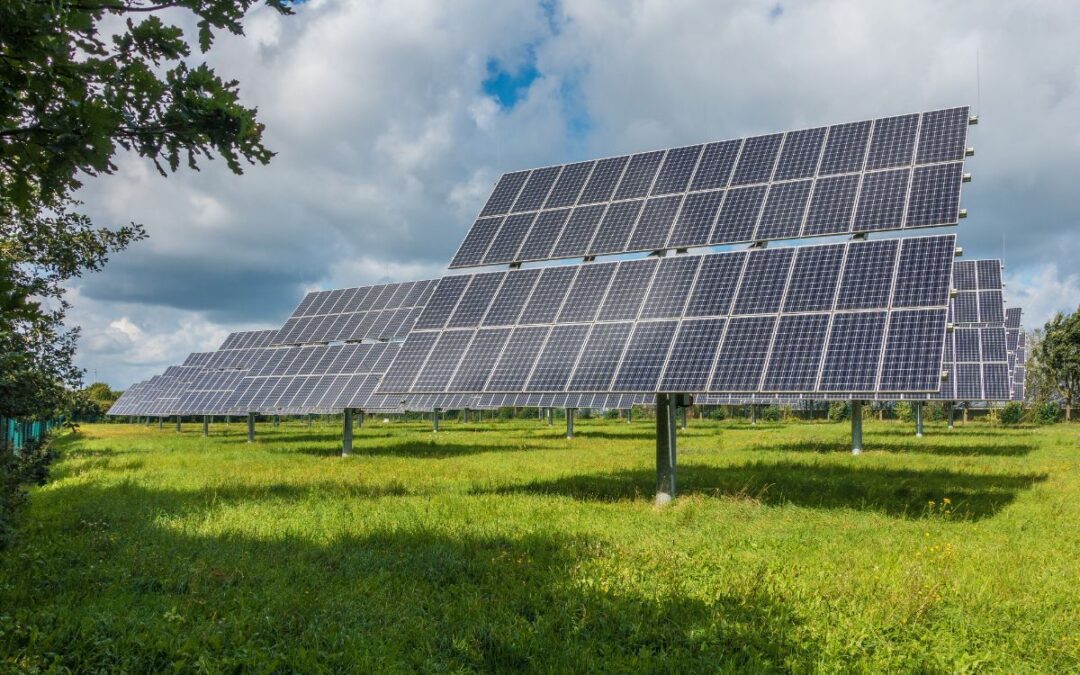In Bangladesh, the solar energy market has witnessed remarkable growth in recent years, with an installed capacity of over 5.6 gigawatts (GW) as of 2021, marking a significant contribution to the nation’s energy landscape.
As one of the most densely populated countries globally, Bangladesh faces considerable energy challenges, exacerbated by its heavy reliance on fossil fuels. Solar energy emerges as a pivotal solution, representing approximately 3% of the country’s total energy generation.
However, despite this progress, the sector faces a spectrum of challenges, ranging from infrastructural limitations to financial barriers. In this article, we delve into the future prospects and hurdles shaping Bangladesh’s solar energy market, exploring avenues for sustainable growth amidst these complexities.
Future Prospects of Solar Energy Market in Bangladesh
Government Initiatives:
The Government of Bangladesh has demonstrated a strong commitment to promoting solar energy through various initiatives.
Notably, the “Solar Home System Program” has been a flagship initiative, providing over 5 million households with solar power systems, reducing reliance on grid electricity.
Additionally, the government offers incentives such as tax exemptions, rebates, and concessional loans to encourage investment in solar energy projects.
The introduction of the “Net Metering Policy” allows consumers to sell excess solar electricity to the grid, further incentivizing solar adoption.
Technological Advancements:
Recent advancements in solar technology have significantly enhanced the efficiency and affordability of solar energy systems.
Innovations like bifacial solar panels, smart inverters, and advanced battery storage solutions have increased the reliability and performance of solar installations.
The declining costs of solar photovoltaic (PV) modules and associated components have made solar energy more competitive compared to conventional energy sources.
Increasing Demand:
Bangladesh’s growing population and expanding economy are driving an increasing demand for clean and reliable energy sources.
Rapid urbanization and industrialization have led to higher electricity consumption, creating a pressing need for additional power generation capacity.
As awareness of environmental issues and climate change grows, there is a rising preference for sustainable energy solutions like solar power among consumers and businesses.
International Support:
Bangladesh has received substantial international support and funding for its solar energy sector development.
Organizations like the World Bank, Asian Development Bank (ADB), and International Finance Corporation (IFC) have provided financial assistance and technical expertise for solar projects.
Collaborations with countries like Japan, Germany, and the United States have facilitated knowledge transfer and capacity building in the solar energy domain.
Challenges of Solar Energy Market in Bangladesh
Infrastructure Limitations:
Bangladesh faces significant infrastructure challenges hindering the widespread adoption of solar energy.
Limited grid infrastructure and the absence of robust transmission networks pose obstacles to integrating solar power into the national grid effectively.
Inadequate energy storage facilities further exacerbate the intermittency issues associated with solar energy generation.
Financial Barriers:
High initial costs remain a major barrier to solar energy adoption for both individuals and businesses in Bangladesh.
Limited access to financing options, particularly for small-scale solar projects, constrains the ability of consumers to invest in solar systems.
Repayment issues, including difficulties in securing loans and challenges in meeting repayment obligations, hinder the scalability of solar energy projects.
Policy and Regulatory Hurdles:
Regulatory barriers and bureaucratic red tape impede the growth of the solar energy market in Bangladesh.
Inconsistencies in policies, overlapping regulations, and delays in project approvals create uncertainty for investors and developers.
Lack of clarity in land acquisition procedures and permitting processes further complicates the implementation of solar projects.
Technological Constraints:
Despite advancements in solar technology, Bangladesh still faces challenges in technology adoption and implementation.
Efficiency issues in solar panels and other components limit the overall performance and reliability of solar energy systems.
Dependence on imports for critical components hampers the localization of solar manufacturing and increases project costs.
Environmental Concerns:
While solar energy is considered environmentally friendly, certain environmental challenges persist in Bangladesh.
Land use for solar installations may compete with other land-use priorities, such as agriculture or conservation.
Disposal of old or damaged solar panels raises concerns about waste management and recycling processes, necessitating effective end-of-life strategies.
Conclusion
In conclusion, while the solar energy market in Bangladesh shows promise, challenges like infrastructure limitations, financial barriers, and regulatory hurdles persist. Overcoming these obstacles is vital to realizing solar energy’s full potential.
To achieve this, Bangladesh must focus on enhancing infrastructure, improving financing access, streamlining regulations, fostering technological innovation, and implementing sustainable practices. By doing so, Bangladesh can expedite its transition to a sustainable energy future, reduce carbon emissions, and enhance energy security.

